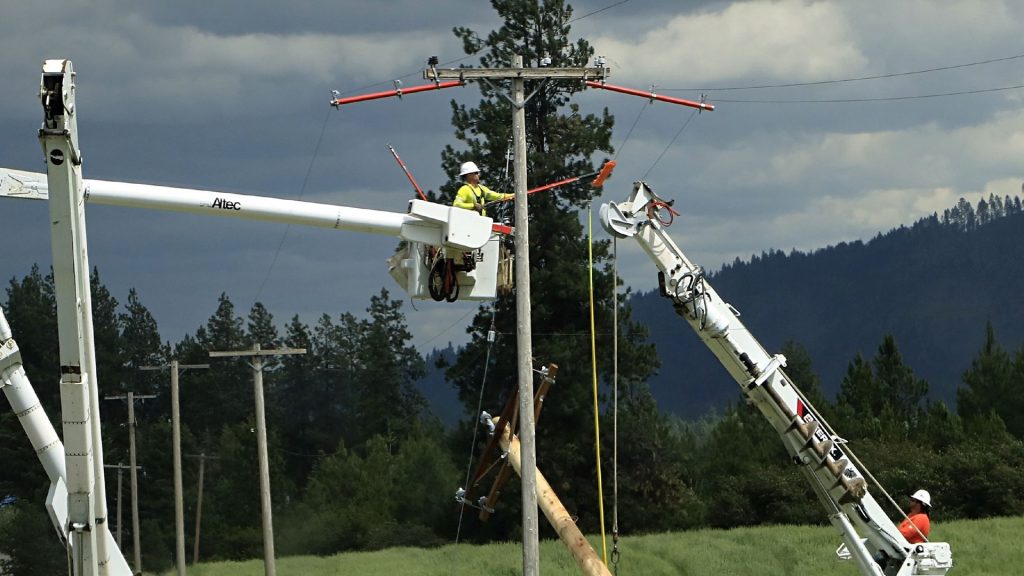Surging energy prices drive inflation to 3% for first time in 8 months

Inflation is up 3% from a year ago, and energy costs are the main driver for rising prices. The Consumer Price Index (CPI) report released on Friday by the Bureau of Labor Statistics shows that electric and gas utility costs rose 6.4% in September compared to a year earlier.
The cost of electricity has risen by 5.1% since September 2024, while the cost of natural gas utilities is up by 11.7% — the largest increase on any item tracked in the CPI report. Used car prices also increased by 5.1%. The cost of health care rose by 3.9% while food costs were up 3.1% overall. Gasoline prices, which recently hit a 10-month low for drivers at the pump, declined by half a percentage point — the largest decrease of any item in the report.
The September CPI report was based on data gathered before the start of a government shutdown that began Oct. 1, the Bureau of Labor Statistics said.
The consumer price data reflects changes on the U.S. power grid and a push to update aging infrastructure. Electricity prices are rising because of a surge in demand, driven in large part by the growth of artificial intelligence data centers. At the same time, utility companies are working to replace old and damaged power lines and gas pipelines, typically passing some of the associated costs to consumers.
What’s happening in electricity markets?
Increasing electricity costs since 2019 stem primarily from aging infrastructure that requires replacement and costly upgrades to transmission and distribution systems, according to a recent analysis by Lawrence Berkeley National Laboratory and The Brattle Group. The analysis found capital costs rose 35% in real terms as utilities worked to replace equipment and harden systems against extreme weather.
Unbiased. Straight Facts.TM
The cost of electric utilities increased by 5.1% since September 2024, according to the Consumer Price Index.

In addition to upgrading old infrastructure, electricity markets have responded to shifting demand and the rise of data centers. An independent market monitor’s report on America’s largest regional electric grid, PJM, which stretches from New Jersey to Chicago, found that data centers in the load forecast for 2026 caused a $7.3 billion spike in the grid’s latest auction for long-term power contracts.
Utilities are building new transmission lines to accommodate Big Tech customers that can require 100 to 1,000 megawatts of power. In 2024 alone, utilities in seven states passed more than $4.3 billion in grid connection costs on to all customers to serve data centers, according to the Union of Concerned Scientists.
Why are gas utility costs spiking?
The global price of natural gas has increased more than 40% since September 2024. But the increase in gas utility costs is also driven by the cost of upgrading infrastructure, according to reporting in NPR.
Gas utilities increased construction spending 50% from 2022 to 2023, reaching $49.1 billion.
Gas companies need to make repairs to satisfy safety concerns, but NPR reports that they typically choose the most expensive option — full-line replacement — because of how they make money. Gas companies typically don’t profit from selling gas itself, passing wholesale prices directly to customers. Instead, they earn returns by building infrastructure. State regulators then allow companies to recover those costs, plus profits, through customer bills.
The post Surging energy prices drive inflation to 3% for first time in 8 months appeared first on Straight Arrow News.





